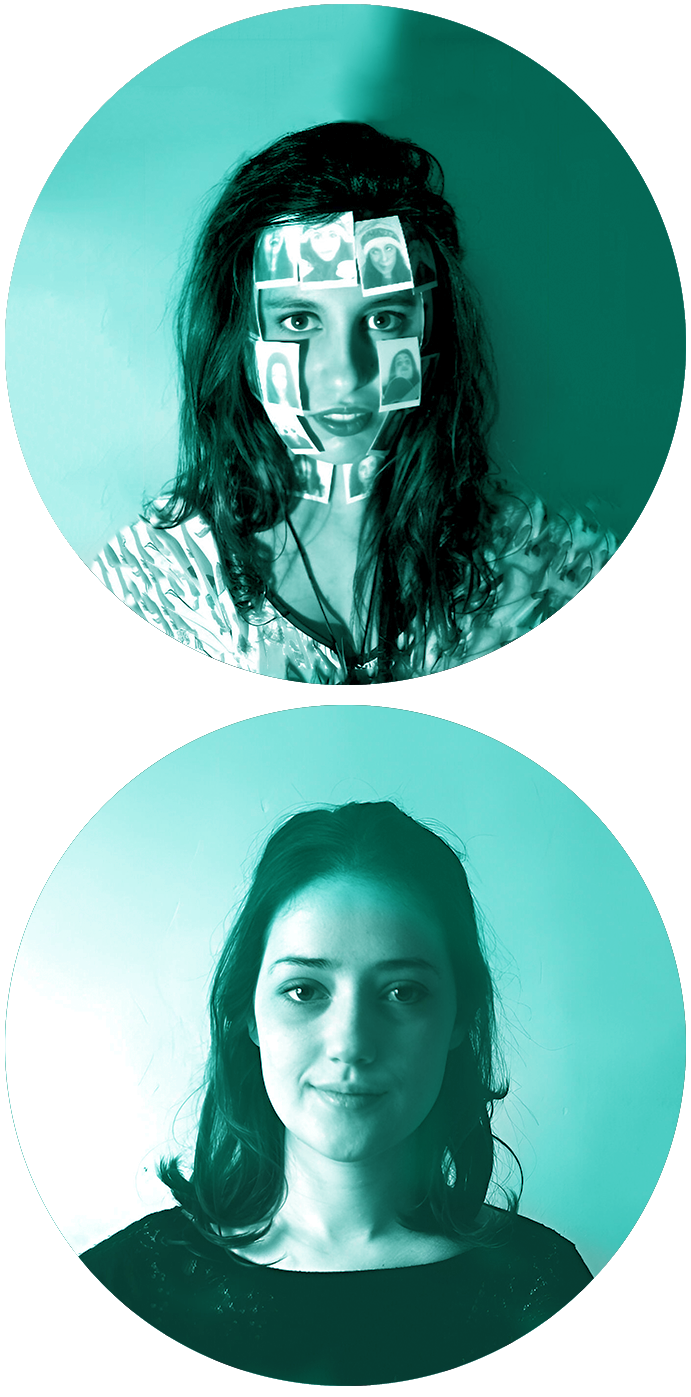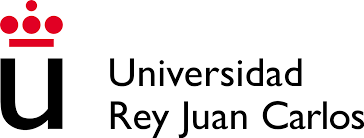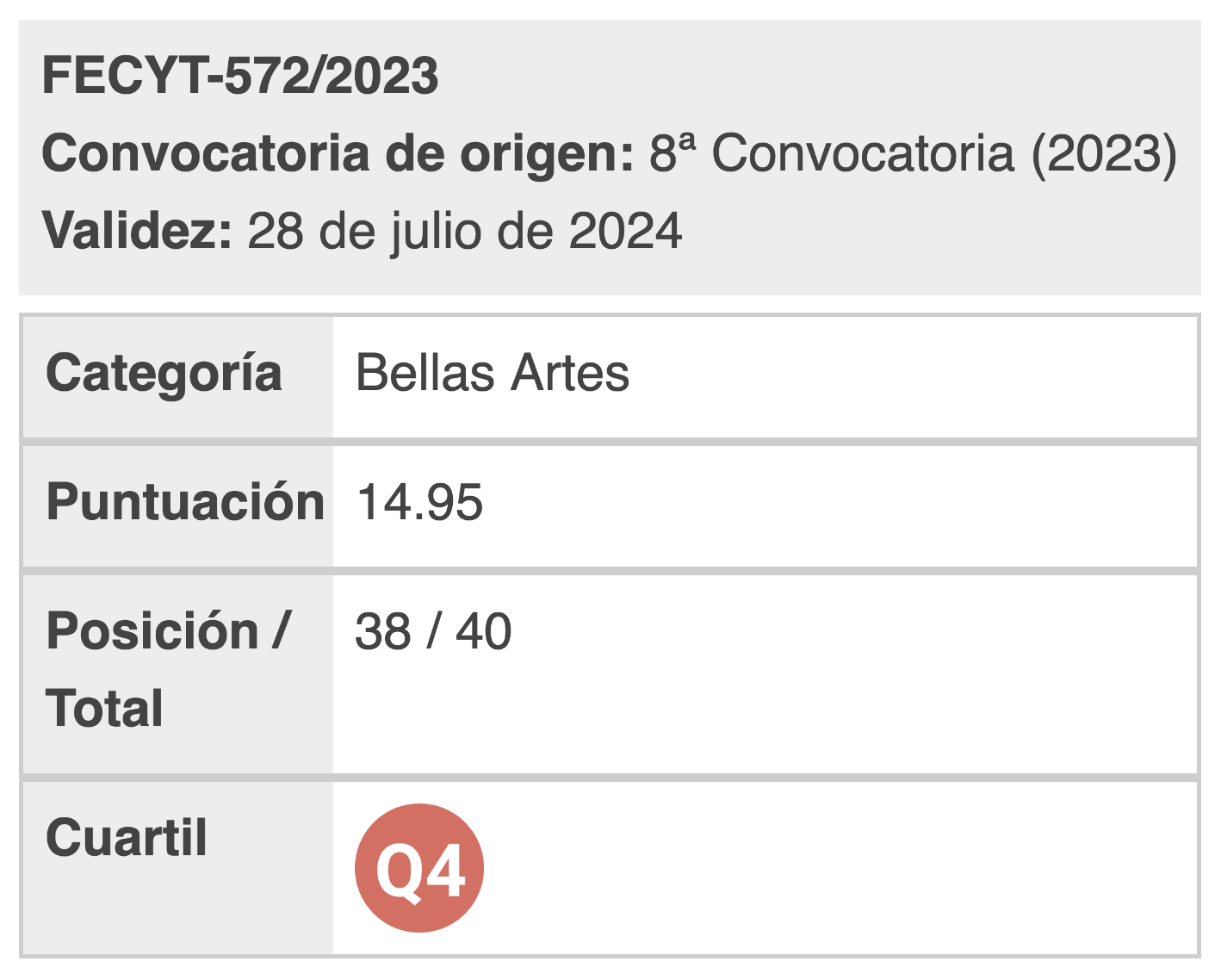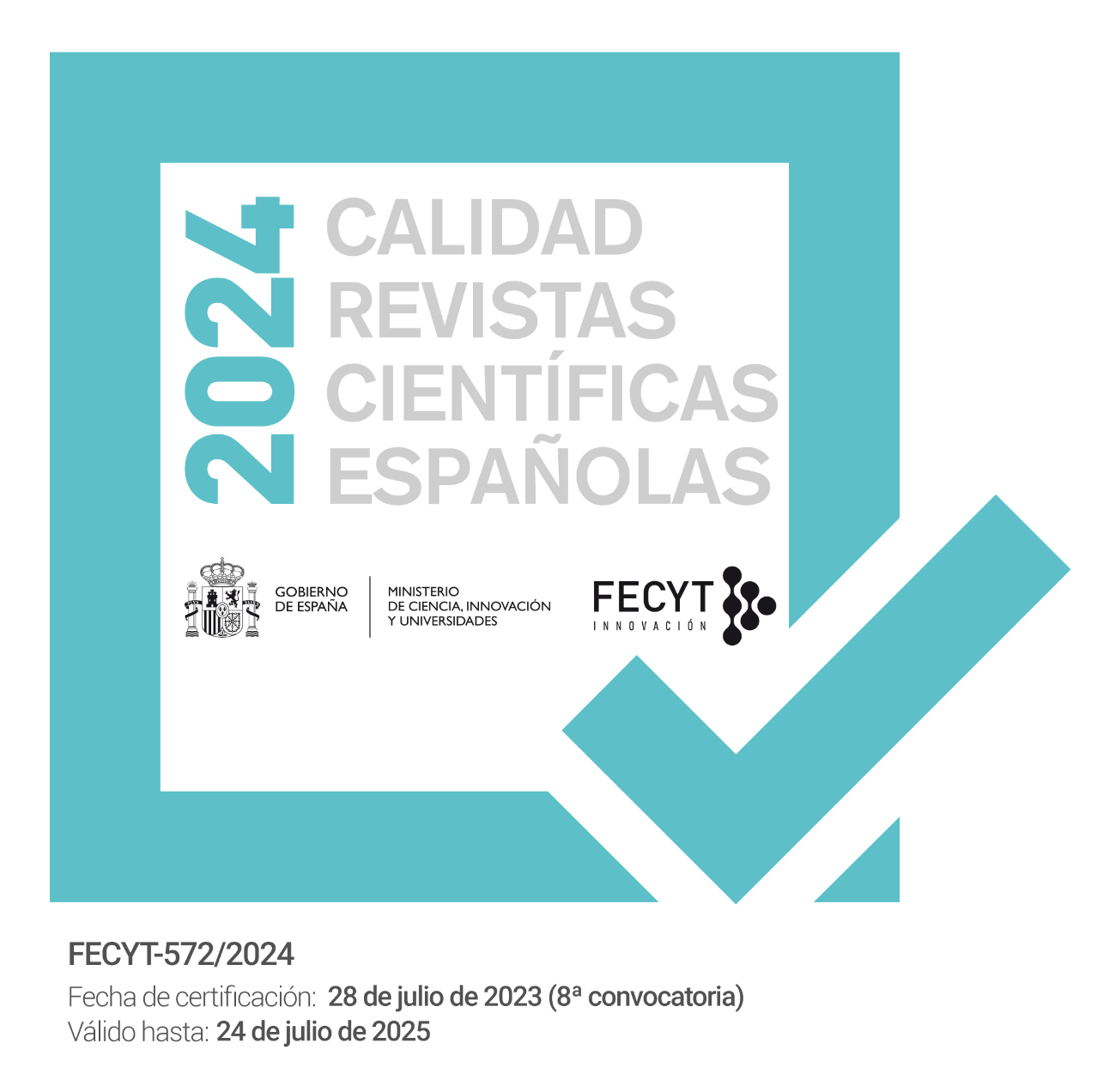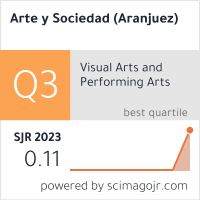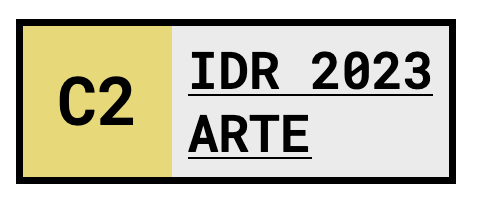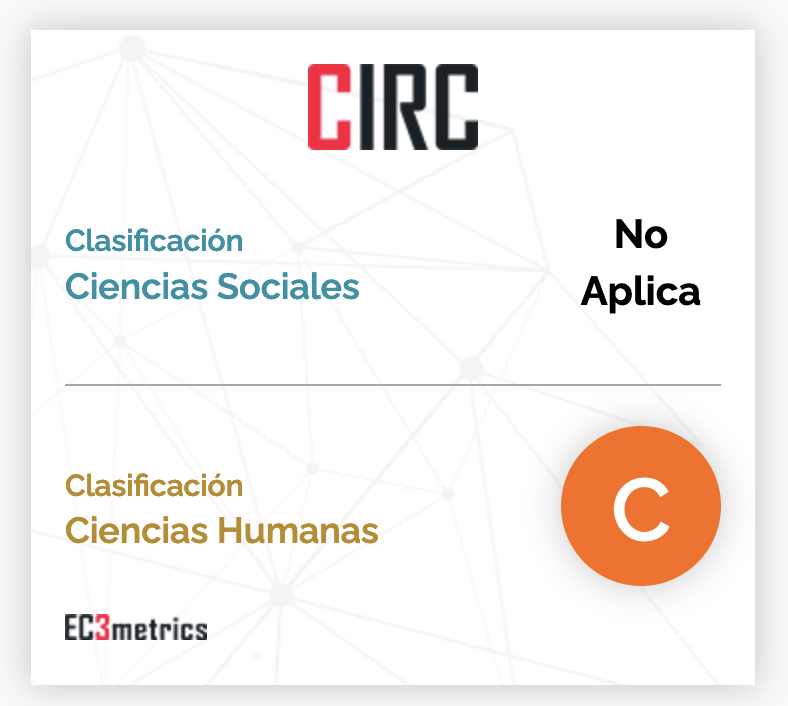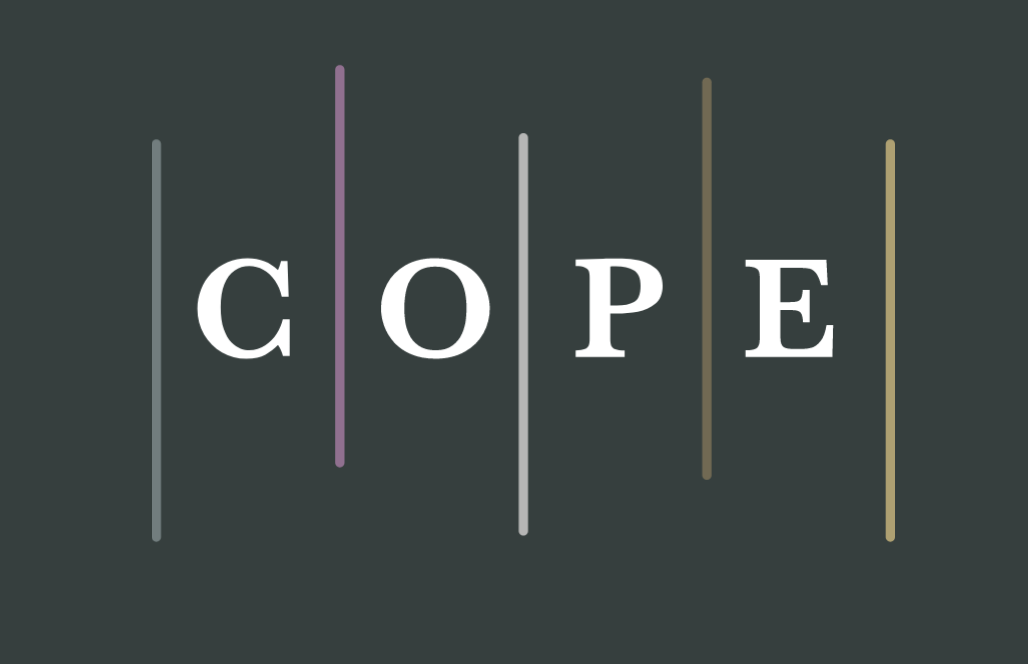ISSN: 2174-7563
No. 25 (2024): OpenASRI. Misceláneous Journal
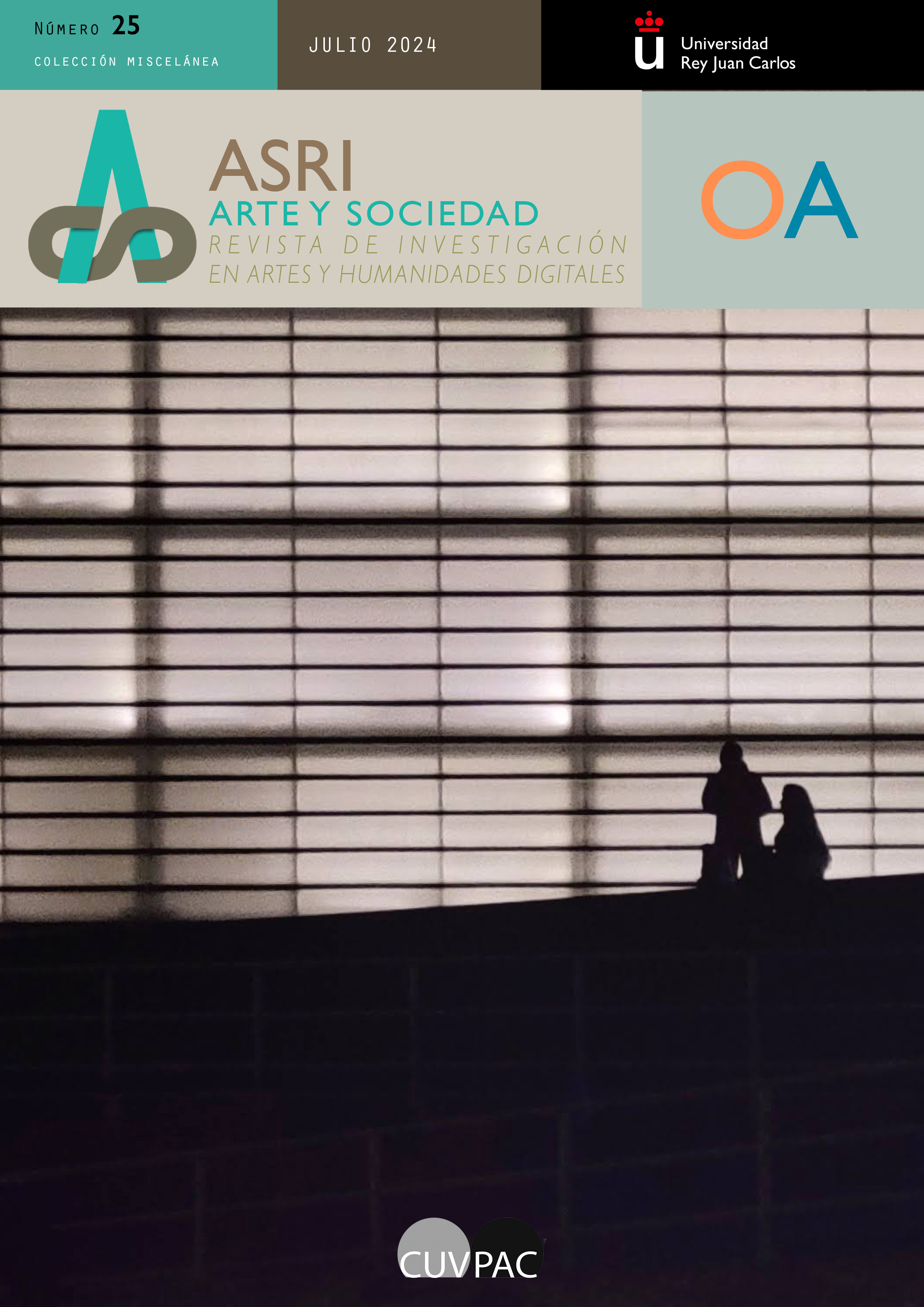
Explorations in Contemporary Art and Technology
This issue of our academic journal offers a deep and multifaceted view of the intersections between contemporary art, technology, and culture. Through eleven articles, 30 authors, and more than 17 universities —4 of them international— we delve into various aspects that redefine artistic perception and practice in the current context. The first article examines post-digital recycling in contemporary art, highlighting the works of Almudena Lobera, Mario Santamaría, and Román Torre. Reappropriation strategies that subvert technological consumption habits are explored, creating hybrid objects that challenge traditional notions of art. Artificial intelligence and its impact on art is the central theme of the second article. Here, the debate on the legitimacy of AI-generated art is discussed, addressing issues of creativity, plagiarism, and the possible trivialization of art. This article contextualizes concerns and hopes about the integration of AI into human creativity. The third article presents a systematic review of the use of machine learning and computer vision algorithms in the preservation of cultural heritage. Various techniques and their transformative potential for the conservation of works of art are highlighted, offering a new perspective on the history and context of works of art. The fourth article examines information visualization in urban environments through artistic productions that configure a hypermediated city. Metaphors of physical-digital reality and how these productions impact the perception of the urban landscape are analyzed. The fifth article reflects on museums as learning spaces, based on collaborative research with the Andalusian Center for Contemporary Art. Malgorzata Mirga-Tas's exhibition is used as a case study to explore the educational and formative impact of museum experiences. The exploration of video art as a means of challenging gender stereotypes is the focus of the sixth article. It analyzes how women artists use video art to deconstruct gender narratives and promote a transformation in social perceptions. In the seventh article, multidisciplinary stage proposals that connect dance, body, video, and interactive devices are examined. How creation with code has transformed these practices is analyzed, highlighting their transdisciplinary potential. The eighth contribution narrates an educational practice in the use of generative AI in the university environment, exploring the relationship between texts and generated images and their impact on the creation of work materials and final projects. The ninth article details a lighting intervention using video mapping in vernacular buildings in Chile, highlighting the value of visual arts as tools for analysis and cultural appropriation. The analysis of the morphology of the Valdivia Culture in the tenth article offers a deep understanding of its ceramic forms, generating new graphic codes and contributing to contemporary visual literacy. Fhe eleventh article analyzes games as an artistic medium from aesthetic, symbolic, and narrative perspectives. Through surveys and observation, it evaluates public perception, showing positive changes towards interactivity and the appreciation of games as an art form. Finally, the last article examines the role of the cuplé, with José Padilla as one of its greatest exponents. This text analyzes the presence of the cuplé in three international films, highlighting its specific functions in their soundtracks. It concludes that Padilla's cuplé diverges from the cultural stereotype of Spain.
Editors: Tomás Zarza & Miguel Sánchez-Moñita










